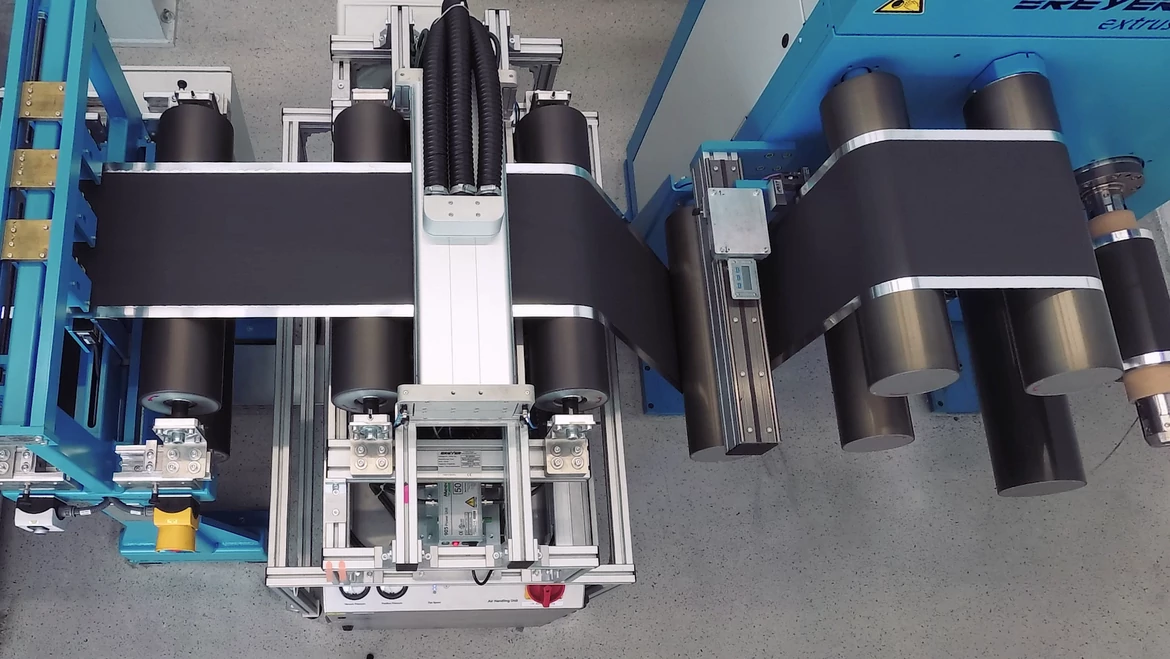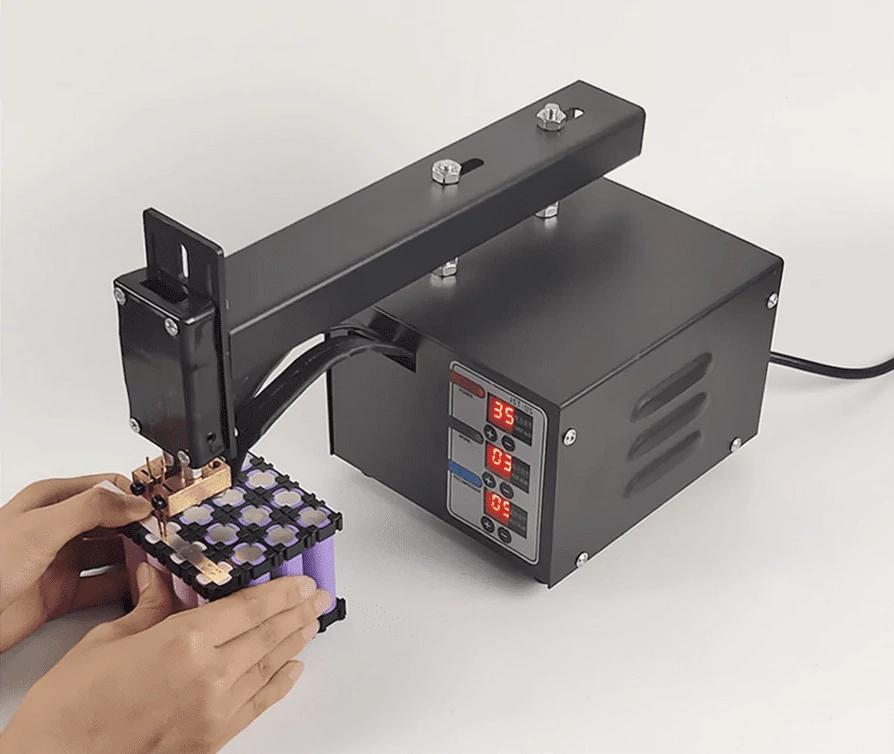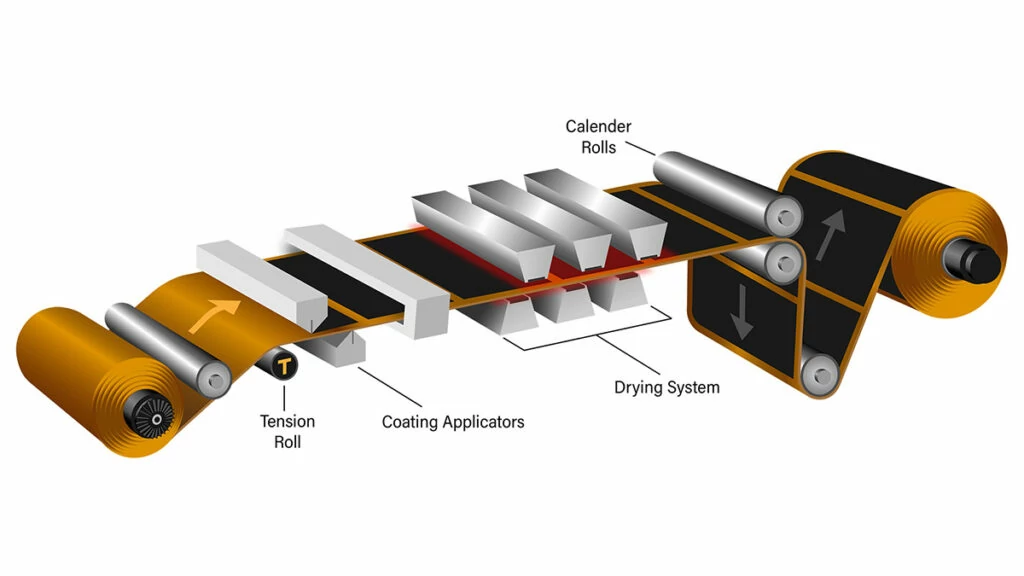Lithium Battery anode Active material System
main content
In lithium-ion batteries, the negative electrode active material is the core element that determines the battery's energy density, cycle life and safety, accounting for as high as 94.5%. The current mainstream anode active material is mainly graphite, supplemented by silicon-based composite materials. The two show complementarity in terms of technical paths and application scenarios. The following analysis is conducted from aspects such as material properties, process optimization, and technical challenges.
I. Graphite-based anode materials: Natural graphite (NG), Artificial graphite (AG), and Composite Graphite (CG)
1. Material selection and particle size control
Graphite has become the dominant material for the anode due to its high electrical conductivity, stability and low cost. It can be classified according to the source as:
Natural graphite (NG) : After direct mining, it undergoes processes such as spheroidization and demagnetization. It has a low cost but slightly inferior recycling performance.
Artificial graphite (AG) : Produced through high-temperature graphitization of carbon precursors such as asphalt, it has a uniform structure and a long cycle life, accounting for 84% of the market share.
Composite graphite (CG) : By combining the advantages of NG and AG, performance is enhanced through coating or blending.
The particle size of graphite needs to be controlled at D50≈20μm (micrometer level) through grinding to ensure the wetting efficiency of the electrolyte and the diffusion efficiency of lithium ions.
2. Hydrophobic treatment and dispersion optimization
The hydrophobic property of graphite is prone to cause slurry agglomeration, and the following measures need to be taken to improve it:
Surface treatment: Surface impurities are removed by high-temperature baking at 400℃, and hydrophilicity is enhanced through oxidation or coating processes (such as phenolic resin).
Wetting agent addition: Water-based binders such as carboxymethyl cellulose (CMC) can enhance the compatibility of graphite with solvents and reduce the stratification of the slurry.
For instance, the continuous graphitization process mentioned in Huawei's patent can reduce energy consumption and enhance material consistency.
3. Process trends: Integration and environmental protection
In recent years, the graphitization process has tended to integrate production. Through equipment such as roller kilns, processes like crushing, granulation, and graphitization are integrated to reduce energy consumption (≤360kg of standard coal per ton) and minimize magnetic contamination. In addition, environmental protection processes such as wet electrostatic precipitator technology are used to treat the waste gas in graphite production.
Ii. Silicon-based Composites: A Balance between High Energy Density and Expansion Suppression
1. Technological breakthroughs in silicon-based materials
The theoretical specific capacity of silicon (4200mAh/g) is more than ten times that of graphite, but its volume expansion rate is as high as 300%, leading to electrode powdering and SEI film rupture. To this end, the industrial sector optimizes through the following technical paths:
Nanoscale and carbon composite: Nano-silicon particles (with particle size <100nm) are embedded in a porous carbon framework to buffer expansion by taking advantage of the electrical conductivity and mechanical strength of carbon. For instance, the silicon-carbon anode of BTR achieves uniform silicon dispersion through the CVD method, and the cycle life is increased to over 500 times.
Silicon dioxide (SiOx) modification: Reduce volume expansion by oxidation (about 100%), but pre-lithiation is required to compensate for the initial efficiency loss (from 70% to 85%).
Binder optimization: The traditional CMCSBR system is difficult to cope with high silicon content. Elastic binders such as polyacrylic acid (PAA) can enhance the structural stability of the electrode.
2. Industrialization Progress and Challenges
In the field of consumer electronics, silicon-carbon anodes (doped with 510% silicon) have been applied in the batteries of mobile phones such as Xiaomi and Honor, with an energy density increase of 812%.
In the field of power batteries: Tesla's 4680 battery adopts a silicon-oxygen anode (SiO/C), and its performance is enhanced through electrolyte additives (such as FEC) and a high-voltage solid electrode design.
However, the cost of silicon-based anodes is still as high as 500,000 yuan per ton (graphite is only 20,000 yuan per ton), and large-scale production needs to solve the supply problems of raw materials such as porous carbon and silane gas.
3. Outlook on Frontier Technologies
Solid-state battery compatibility: Solid-state electrolytes can suppress the expansion of silicon anodes. For instance, in a sulfide electrolyte system, the cycle life of silicon-based anodes can exceed 1,000 times.
Structural innovation: Designs such as three-dimensional porous silicon and core-shell structures (such as silicon-carbon nanotubes) further reduce expansion stress.
Iii. Development Trends of Active Substance Systems
1. Synthesis of graphite and silicon-based materials
The future trend is to develop "graphite-silicon" composite anodes, for instance, by incorporating 10% silicon-carbon materials into artificial graphite, achieving a balance between energy density (> 350Wh/kg) and cycling stability (> 1500 cycles).
2. Green Manufacturing and Intelligent upgrading
The "Normative Conditions for the Graphite Industry" issued by the Ministry of Industry and Information Technology promotes the transformation of graphite production towards low energy consumption and high automation, such as the application of DCS intelligent control systems and MES quality management systems.
3. Standards and industrial chain synergy
Silicon-based anodes need to establish a complete standard system from the preparation of nano-silicon (such as chemical vapor deposition) to battery assembly, and strengthen the localization of upstream materials such as porous carbon and silane gas.
Conclusion
Graphite and silicon-based materials respectively represent the current and next-generation technical directions of lithium battery anodes. Through material modification, process optimization and system integration, graphite anodes have continuously broken through in terms of cost performance and stability, while the high energy density potential of silicon-based materials is gradually being released. In the future, the collaborative innovation of the two will drive the lithium battery industry towards higher energy density, longer lifespan and lower cost.
RELATED BLOG

START-STOP LITHIUM battery
Enov start-stop battery is designed to provide excellent performance for high-demand start-stop vaehicles. It adopts the third-generation intelligent lithium platform architecture to achieve technological breakthroughs in core indicators such as cycle life, environmental adaptability and energy density. Compared with the traditional lead-acid battery system, the energy efficiency is increased by 210%, the cycle life is extended by 8-10 times, and the monthly self-discharge rate is controlled within 3%. Enov's unique low-temperature battery technology makes a breakthrough in achieving stable output in the whole climate domain from -30℃ to 65℃, maintaining more than 90% of the effective capacity release under extremely cold conditions (-30℃), and maintaining 90% of the capacity in high temperature environments (65℃).
The start-stop battery series products cover the mainstream voltage platform of 12V/24V/48V, and support flexible configuration of LFP (lithium iron phosphate) and NCM (lithium nickel cobalt manganese oxide) dual-material system. All models adopt modular design to support customization of different model specifications. Enuo engineering and technical team to provide full cycle technical service support, if you need, please contact us.
Other products
UAV BATTERY
LITHIUM ENERGY STORAGE BATTERY
QUICK INQUIRY
FAQ
Access to high frequency technical questions with one click, get accurate answers on product application, after-sales policy and customization process.
Service and Support
Get the latest product specifications, explore professional OEM/ODM customization services, click to open exclusive technical support and production solutions.
Become a Partner
We sincerely invite resources to interconnect, work together for win-win development, and immediately open a new chapter of strategic cooperation!



